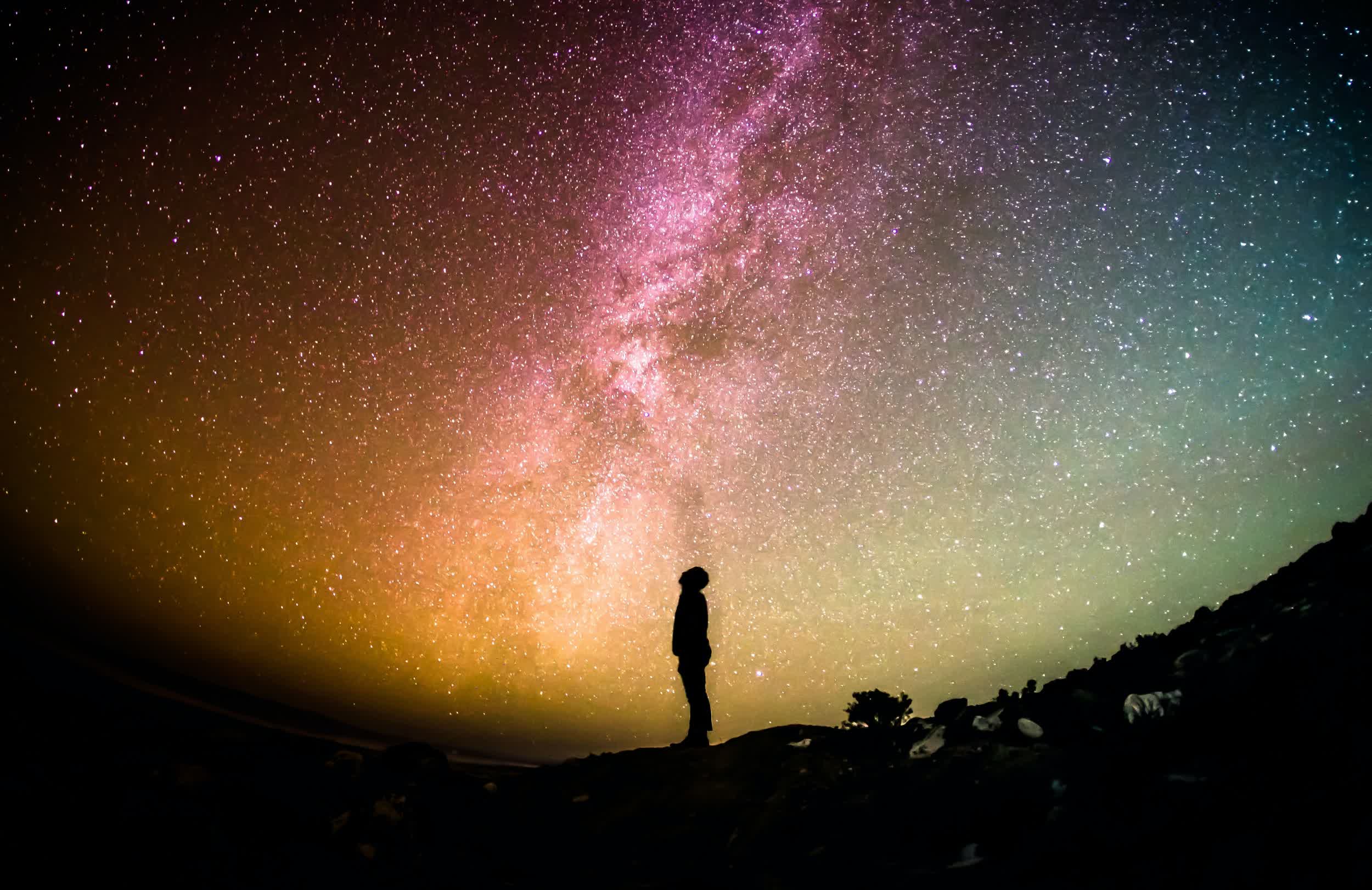Why it matters: NASA is assembling an independent team to study unidentified aerial phenomena (UAPs) from a scientific perspective. The effort will be led by astrophysicist David Spergel, who previously served as the chair of the astrophysics department at Princeton University. The study is expected to take roughly nine months to complete and will involve input from experts in the aeronautics, scientific and data analytics communities.
Spergel said they will look at available data from governments, civilians, non-profits and companies, decide what other information they should try to collect and determine how to best analyze it.
"Consistent with NASA's principles of openness, transparency, and scientific integrity, this report will be shared publicly," said Daniel Evans, the assistant deputy associate administrator for research at NASA's Science Mission Directorate.
The community has largely moved away from the term unidentified flying objects (UFOs) due in part to the stigma it carries and the fact that some of these objects exhibit characteristics atypical of flight and beyond our understanding of physics.
Reports of unknown objects in the sky have persisted for decades - centuries, even - but didn't attract mainstream media coverage until The New York Times ran a groundbreaking piece on the subject in December 2017.
In 2020, the Department of Defense publicly released a handful of UAP videos captured by Navy pilots. The Office of the Director of National Intelligence (ODNI) published a highly anticipated report on the matter in June 2021. Of the 144 cases studied that originated from US government sources, the report was only able to identify one with high confidence. No explanation was reached for the remaining incidents.
The ODNI said other potential categories for explanation include airborne clutter like balloons or bids, natural atmospheric phenomenon such as ice crystals and thermal fluctuations, and a catchall "other" bin that could require additional scientific knowledge to understand.
The ODNI's report said there was no data to suggest the UAP it studied were from a foreign adversary. They were also unable to confirm that classified US government programs were responsible for any of the sightings.
Just last month, Congress held its first public hearing on the subject in 50 years.
NASA said unidentified phenomena in the atmosphere are of interest for both air safety and national security, adding that as of now, there is no evidence that UAPs are extraterrestrial in origin. NASA Administrator Bill Nelson has his own opinion on the matter.

One can't help but question the timing of the study. NASA elected to announce it just one month before it plans to share the first full-color images from the James Webb Space Telescope. Nelson previously said he expects Webb to "open up secrets of the universe that will be just stupendous, if not almost overwhelming." Perhaps NASA is expecting to uncover something truly revolutionary with Webb and wants to get out in front of it?
The first images from Webb will be shared publicly on July 12.
Image credit: Greg Rakozy, Pixabay
